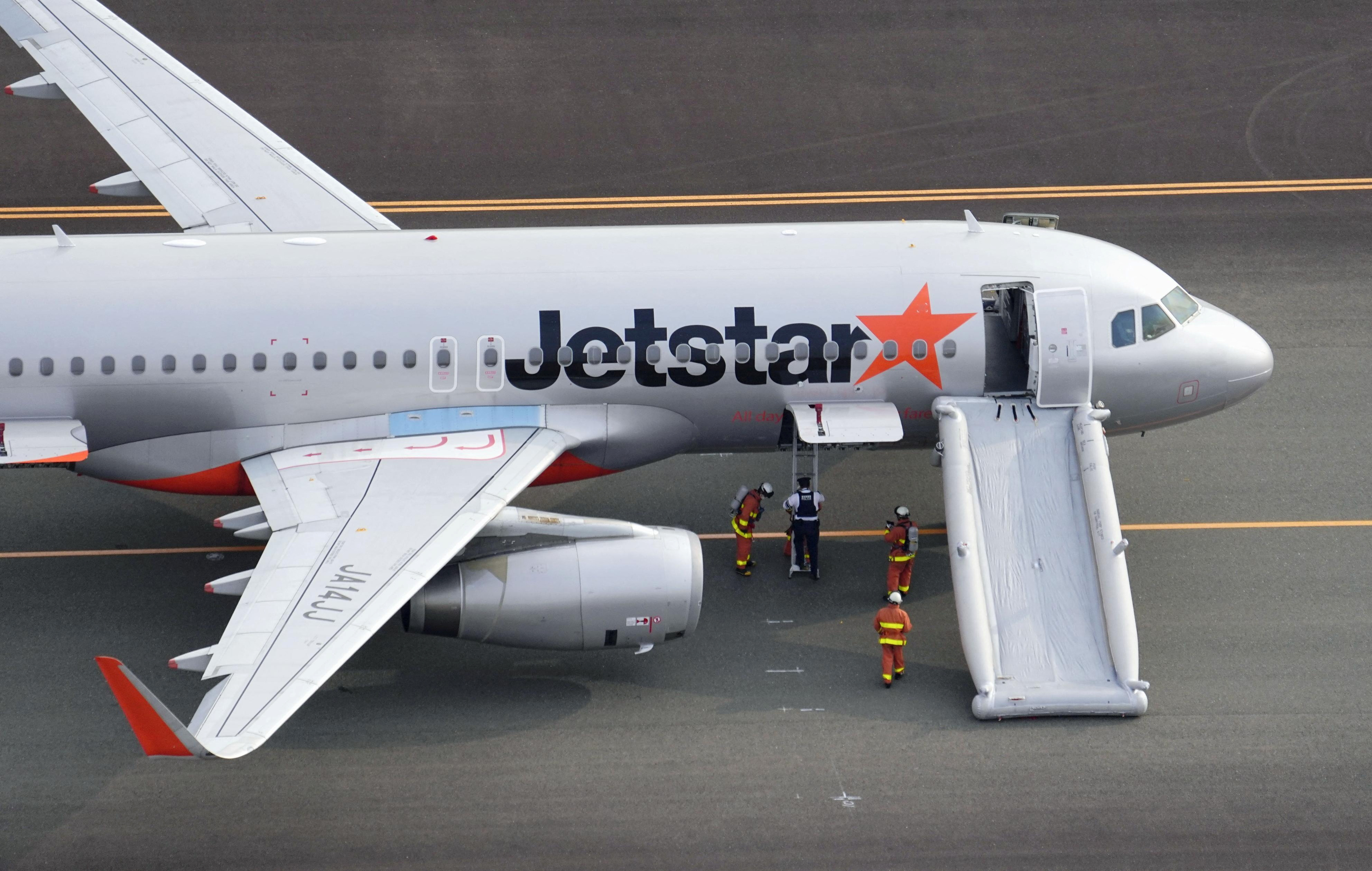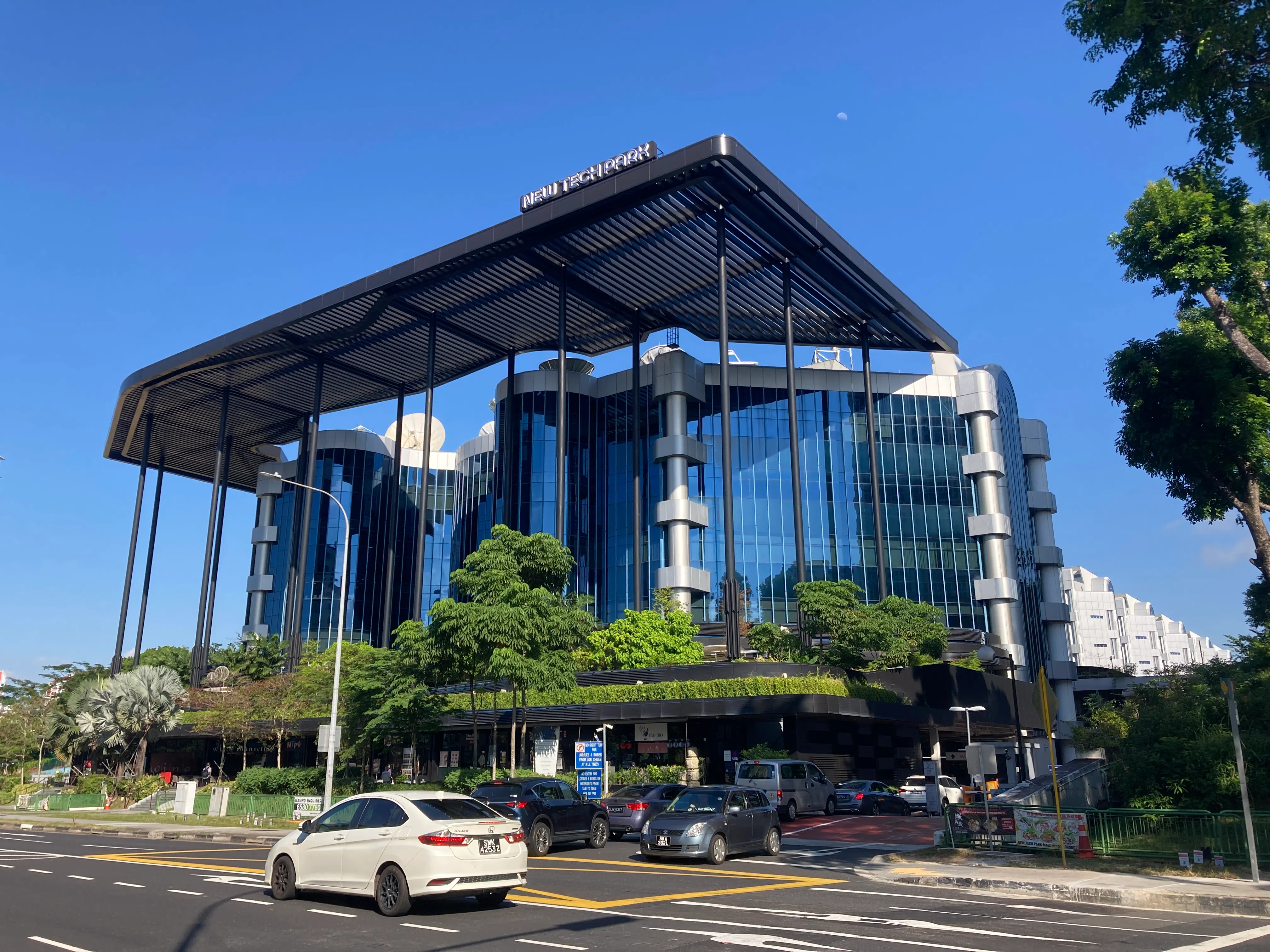Why Jetstar Asia's Closure Signals a New Era for Budget Travel
Just as Singapore's aviation sector appeared to be hitting its stride in the post-pandemic recovery, Qantas delivered a bombshell that has sent ripples through Changi Airport's bustling terminals. Jetstar Asia, the Singapore-based budget carrier that has connected millions of travellers across Asia for over two decades, will cease operations on 31 July 2025.
The announcement, made on 11 June, affects more than 500 employees and leaves gaping holes in 16 regional routes. But beneath the immediate disruption lies a more sobering tale of market forces that even a well-established airline couldn't withstand—and what this means for the future of budget travel in our region.

The Numbers Don't Lie
Let's be brutally honest about what killed Jetstar Asia: the mathematics of budget aviation in today's market simply didn't add up. The airline was expected to post an underlying loss of A$35 million (S$29.3 million) this financial year, with Qantas CEO Vanessa Hudson revealing that "some supplier costs have risen by up to 200 per cent."
To put this in perspective, Jetstar Asia's financial struggles weren't merely a pandemic hangover. According to Accounting and Corporate Regulatory Authority records, the airline lost S$165.4 million in the financial year ending June 2021, followed by a S$37.2 million loss the following year. Whilst it managed a modest S$12.5 million profit in 2023, it slipped back into the red with a S$7.1 million loss in 2024.
These figures tell a story of structural challenges that go beyond typical business cyclicality. When Jetstar Group CEO Stephanie Tully explained that cost increases affected "the whole ecosystem we operate out of," she was highlighting a fundamental shift in the economics of regional budget aviation.
The Human Cost of Market Forces
Behind these corporate machinations are real people facing real consequences. The more than 500 affected employees will receive what appears to be a relatively generous severance package: four weeks' salary for every year of service, plus bonus payments and continued travel benefits.
Yet this generous treatment—which exceeds typical retrenchment packages—perhaps reflects the company's acknowledgment that these job losses weren't due to employee performance or company mismanagement, but rather market forces beyond anyone's control. The Singapore Manual and Mercantile Workers' Union has negotiated with management to ensure "affected members and workers are treated with care and receive fair compensation," whilst NTUC Secretary-General Ng Chee Meng confirmed that efforts are underway to match displaced workers with roles at Singapore Airlines Group where possible.
The Larger Aviation Paradox
Here's where the story becomes particularly intriguing for Singapore's aviation sector. Whilst Jetstar Asia was bleeding money, the broader Singapore Airlines Group has been posting record results. SIA Group announced a record net profit of S$2.8 billion for the financial year ending 31 March 2025, carrying a record 39.4 million passengers across both Singapore Airlines and Scoot.

Meanwhile, Changi Airport handled 67.7 million passengers in 2024—representing 99.1% of pre-pandemic levels—with the first quarter of 2025 already showing 17.2 million passenger movements, exceeding pre-pandemic figures by 4.8%.
This presents a fascinating paradox: Singapore's aviation market is thriving, yet a 20-year-old budget carrier with decent operational performance couldn't survive. The answer lies in understanding the nuanced competitive dynamics that have emerged in the post-pandemic landscape.
The Real Winners and Losers
Jetstar Asia's closure essentially hands market share to its competitors on a silver platter. Of the 16 routes affected, Changi Airport Group noted that 12 are already served by 18 other airlines offering more than 1,000 weekly services.

The most obvious beneficiary is likely to be Scoot, Singapore Airlines' own budget subsidiary, which already maintains a 37% share of all low-cost carrier flights from Singapore according to industry analysis. With its backing from SIA Group's record-breaking financial performance, Scoot is well-positioned to absorb displaced capacity and passengers.
Regional competitors like AirAsia and VietJet Aviation, which the BBC identified as key competitive pressures on Jetstar Asia, are also poised to benefit. However, the real question is whether they can maintain the ultra-competitive pricing that contributed to Jetstar Asia's demise, or whether the market will see some price stabilisation with one major competitor removed.
What This Means for Your Travel Budget
For Singaporean travellers, Jetstar Asia's closure presents both immediate headaches and potential long-term implications. In the short term, the 2.3 million passengers who flew with the airline in 2024 will need to find alternatives, potentially at higher prices during peak booking periods.
The closure particularly affects four routes served exclusively by Jetstar Asia from Changi: Broome (Australia), Labuan Bajo (Indonesia), Okinawa (Japan), and Wuxi (China). Changi Airport Group has committed to working with other airlines to restore these connections, but there's no guarantee that replacement services will offer comparable pricing.

More broadly, the closure could signal a shift away from the ultra-low-cost model that has defined budget aviation in Asia for the past two decades. If other carriers struggle with similar cost pressures, we might see a gradual increase in baseline ticket prices across the region, even as service levels potentially improve.
The Deeper Market Signal
Jetstar Asia's demise should be viewed within the context of broader structural changes in Asian aviation. The airline faced what Jetstar Group CEO Stephanie Tully described as "intensifying competition from Southeast Asian budget carriers" alongside rising costs.
This suggests that the budget aviation market in Asia is reaching maturity, where not all players can coexist profitably. The winners will likely be those with either superior cost structures (like airlines with newer fleets or lower labour costs) or those with strong financial backing that can weather temporary losses whilst building market share.
For Singapore specifically, this consolidation might actually strengthen its position as a regional aviation hub. With SIA Group's financial strength and Scoot's growing network, Singapore-based carriers could emerge with enhanced market share as weaker competitors exit.

Looking Forward
Qantas has stated that Jetstar Asia's closure will free up A$500 million for fleet renewal and allow the redeployment of 13 Airbus A320 aircraft to Australia and New Zealand markets. This capital allocation decision speaks volumes about where Qantas sees the most profitable opportunities—and it's not in the intensely competitive Southeast Asian budget market.
For Singaporean travellers and the broader aviation ecosystem, Jetstar Asia's closure represents both an end and a beginning. It marks the end of an era of seemingly limitless expansion in budget aviation, but potentially the beginning of a more sustainable, if less cutthroat, competitive environment.
The challenge for remaining carriers will be maintaining accessible pricing whilst dealing with the same cost pressures that felled Jetstar Asia. For Singapore's aviation sector, the test will be whether the market can absorb this capacity reduction without significant price increases that could dampen the travel recovery.
As we bid farewell to Jetstar Asia's orange livery at Changi, we're witnessing more than just one airline's closure—we're seeing the market's verdict on the limits of budget aviation's race to the bottom. What emerges from this consolidation may well define the next chapter of Asian aviation.
Let us know what you think about this topic, and what do you want to hear next.
You can now be our community contributor and make a pitch to have your favourite personality be on our show.
Join our community group and drop us your insights on this topic.

-4.png?width=50&name=Square%20(2)-4.png)








Let us know what you think of this post